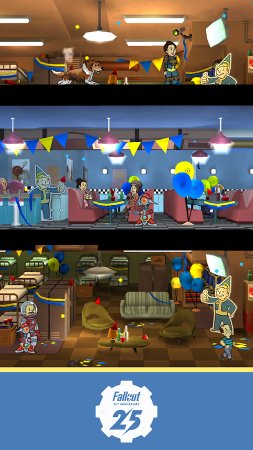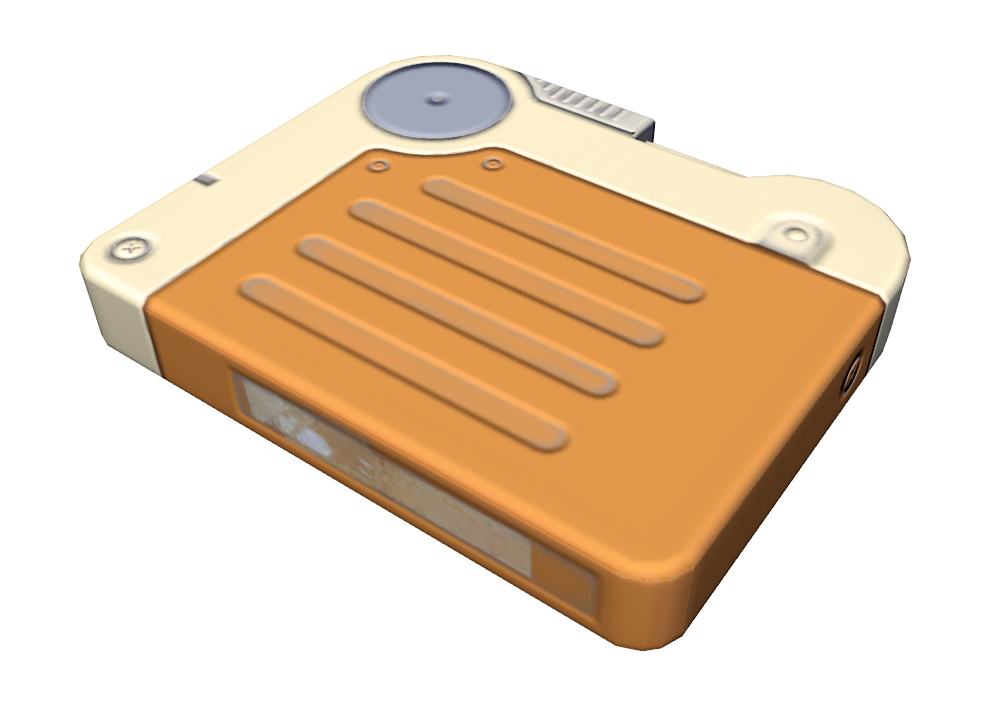


WHAT LEVELS ARE SAFE?Īccording to the Environmental Protection Agency, you should limit your exposure beyond background radiation to about 100 millirem per year.

You should only take potassium iodide “if you have been instructed to do so by local public health or emergency management officials,” the Centers for Disease Control says on its website. However, don’t swallow that pill right away.

If you live near a nuclear power plant, chances are that your local government will distribute potassium iodide for you to ingest following an emergency. “Even a cramped and uncomfortable, last-minute, thrown together, expedient shelter would be bearable for getting through those first couple days of the worst of it,” Connor advises. In that case, eventual evacuation, when safer to quickly do so later, may be your only option. However, with a nuclear power plant meltdown, it could be spewing forth radioactive fallout for days and weeks, or more. The intensity is 90 percent gone in seven hours, and 99 percent gone in 48 hours, he adds. “That’s a big part of the ‘good news,’ with a nuclear bomb explosion, as radioactive fallout loses its lethal intensity If you decide to stay home and wait out the nuclear exposure, don’t fear the worst-you won’t be in your makeshift shelter forever. “If you are not highly confident of where the fallout is coming from, where the wind is going to be blowing it, how soon it will arrive, and that you can evacuate and be long gone before it even ever does arrive, then you need to forget about evacuating and quickly hunker down, best as you can, right where you are,” he says. If you are unsure of whether you can safely flee, you are better off staying put, Connor advises. “You never want to risk being exposed outside at all, even just for a couple minutes once fallout has begun or during those first couple days of the highest lethal intensity.” “You never want to be caught outside, stuck in a car if fallout has begun or could arrive before you leave the area altogether and get to a safer place,” Connor advises. If word comes to you that a nuclear leak has occurred, you’ll have to make a split-second decision about whether it’s safer for you to settle into a secure place or to leave the area, says Shane Connor of KI4U, Inc., a licensed radiation calibration laboratory and longtime promoter of Nuclear Civil Defense Training for the public. Following is the information you need to stay safe. No matter where you are, you could be at risk of a nuclear leak if an earthquake ever strikes. Thirty-one more reactors in the United States are of the same design as the Fukushima plant, 12 of which “are located in seismically active zones,” the Congressional letter added. The Congress members identified eight nuclear reactors on the seismically active West Coast, and 27 more reactors near the New Madrid fault line in the Midwest. In fact, Congressional Energy Committee members Edward Markey (D-MA) and Lois Capps (D-CA) wrote to the Nuclear Regulatory Commission in March 2011 to stress that several nuclear reactors in the United States located in seismically active areas “are not designed with sufficient levels of resiliency against the sort of earthquakes scientists predict they could experience.” In the wake of the Fukushima Nuclear Power Plant leak in Japan, America began to analyze how many fault lines lay in the shadow of our nuclear power plants.


 0 kommentar(er)
0 kommentar(er)
